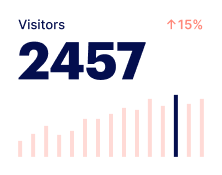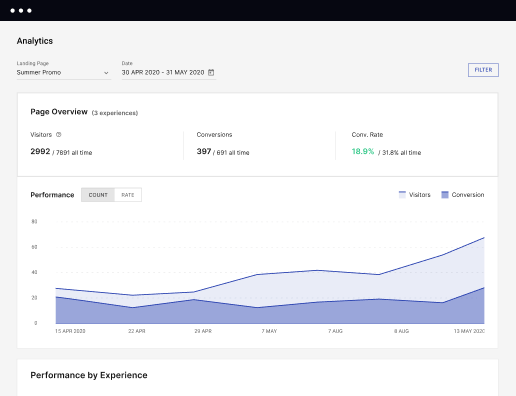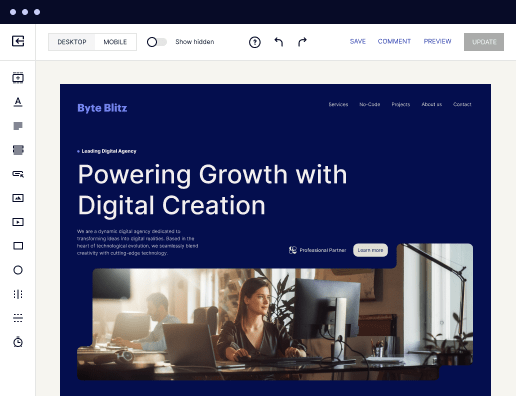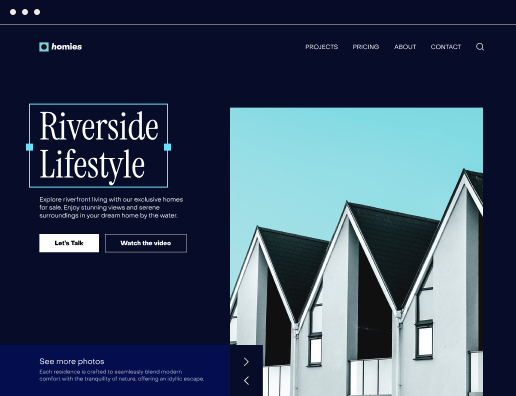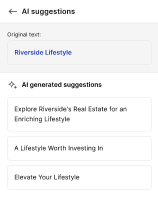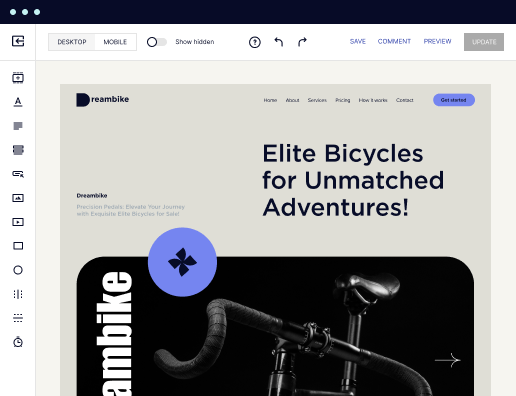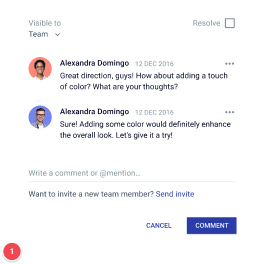Make your heatmap page designed for Fedora
Instapage empowers you to reduce costs, increase conversions, and deliver meaningful experiences on Fedora.
How to build your heatmap page on Fedora using Instapage
Creating effective landing pages is crucial for maximizing conversions in today's digital marketing landscape. Among the many tools available, Instapage stands out by offering a user-friendly platform for marketers focused on driving results. In this guide, we’ll explore how to build your heatmap page on Fedora seamlessly, ensuring your pages perform optimally while tailoring experiences to your audiences.
Understanding heatmaps and their importance
Heatmaps provide visual insights into user interactions on your landing pages, showing you where visitors click, scroll, and spend the most time. This knowledge gives you the power to tailor your content dynamically, ultimately improving engagement and conversion rates.
- Visual Visitor Insights: Heatmaps present data visually, helping you easily identify the most engaging areas of your landing page.
- Enhanced User Experience: By understanding user behavior, you can create tailored experiences that meet their needs and expectations.
- Informed Decision Making: Data-driven design choices lead to optimized landing pages that are more likely to convert visitors into customers.
Step 1: Setting up your Instapage account
Before building your heatmap page on Fedora, ensure you have an Instapage account. Once you're logged in, the platform's extensive library of over 100 dynamic layouts makes it easy to get started. Here’s how to start.
- Choose a template: Pick a pre-designed layout that resonates with your brand and target audience.
- Customize the design: Utilize the Drag-and-Drop interface to adjust content, images, and design elements.
- Integrate tracking tools: Ensure that your heatmapping tool is integrated to provide real-time analytics for optimization.
Step 2: Integrating dynamic content
Dynamic content is vital in delivering personalized experiences. For your heatmap page on Fedora, integrating elements that resonate with visitor segments can significantly boost engagement.
- Dynamic text replacement: Adjust copy on your landing page based on user source or demographic data.
- AdMaps compatibility: Align specific ads with relevant landing pages to enhance contextuality and conversion potential.
- Audience metrics tracking: Use Instapage’s data tools to monitor specific audience interactions with your page.
Step 3: Using heatmaps for ongoing optimization
Once your heatmap page is live, using heatmaps to analyze user behavior is essential. Instapage provides built-in experimentation features to assess performance.
- Conduct A/B tests: Experiment with different design versions using the A/B testing tool to see which converts better.
- Utilize heatmaps for analysis: Assess visitor behavior to identify patterns and adjust layout, content, or other elements as necessary.
- Review analytics regularly: Leverage the analytics dashboard to gain insights into performance and optimize your landing pages accordingly.
In summary, building your heatmap page on Fedora using Instapage involves a strategic approach to design, content personalization, and performance optimization.
Get started with Instapage today to create landing pages that drive results and grow your customer loyalty.
Get more out of Build your heatmap page on Fedora
Improve your Quality Score with quick load technology for landing pages
Increase conversions with content that aligns with your ads and audiences
Achieve maximum ROI by scaling your marketing initiatives
Leading the way in building high-performing landing pages





FAQs
See how to build your heatmap page on fedora in action
Ready to skyrocket conversions?
Supercharge your ad campaigns with high-performing landing pages.
Get started
